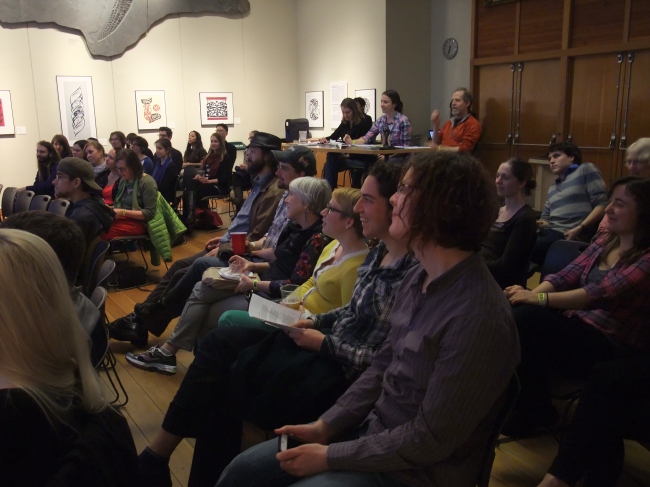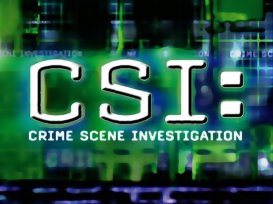Last Tuesday we discussed Nancy Baron’s book Escape from the Ivory Tower for our FOSEP book club event. We were lucky to have Liz Neeley, who contributed to the book and works at COMPASS with Nancy Baron, join us in the discussion. She was very helpful in answering questions we had on the topics and issues covered in the book. Broadly summarizing, the book is divided into four sections: why scientists should/would want to communicate with the media or with policymakers, what cultural differences inhibit clear communication between scientists and media/policymakers, how scientists can improve their ability to communicate, and how to approach backlash and challenges.
I especially appreciated the numerous real-life examples that contextualized the main points in each section. One idea from the book that had a lasting impression on me was that each encounter is different (different context, different audience) and no step-by-step instruction can ensure clear communication of your science. The thing that’s most important is to properly prepare each time beforehand so that I know why and what I want to communicate. And it was nice to see in the real-life examples how each step in the preparation led to a specific outcome.
One nice tool that I discovered in reading the book is the message box. The message box is a really neat tool to summarize the essence of your research, especially when it comes to communicating to your audience and to yourself what your research is about. By filling out the message box and refining it, you can even find a previously unknown way of looking at your research.
There are four boxes to the message box. In the middle is the “Issue” section. Surrounding the “Issue” section are four other sections titled “Problem?”, “So What?”, “Solutions”, and “Benefits”. Quoting the book and a handout on message boxes, each of the five sections ask five different questions:
• Issue: In broad terms, what is the overarching issue or topic?
• Problem: What is the specific problem or piece of the issue I am addressing?
• So What?: Why does this matter to my audience?
• Solutions: What are the potential solutions to the problem?
• Benefits: What are the potential benefits of resolving this problem?
As Nancy Baron mentions in the book, these are more like guidelines, which can be changed to fit the situation/audience. It is a useful way to simplify all the ideas in your particular paper or body of research. It’s especially useful for a starting point when coming up with an elevator pitch summarizing your research and its relevance and benefits.
For those of us with research topics that are more on the basic side of the basic/applied spectrum, the “Solutions” or “Benefits” section may look difficult to fill in. For me, the question was, how does knowing the particular mechanisms involved in drizzle formation in clouds over the open ocean have direct benefits to our everyday life? During the discussion Liz Neeley suggested that if we were stuck in such a rut, then we should take the long view and fill in the “Benefits” section with a vision for the future i.e. with the knowledge we can obtain from answering my specific problem, what large overarching question can we ask and answer?
So far I’ve worked on one message box for my current research, but I can see how I’d have a collection of multiple message boxes for different audiences. My guess is that my message box for a second grader would be drastically different from my message box for a policymaker. I can also see how the message box can very helpful in the grant and paper writing process.
I enjoyed reading Escape from the Ivory Tower, and among many other things, it introduced me to the versatile and useful message box. Do you have suggestions for what to read next for our book club?




